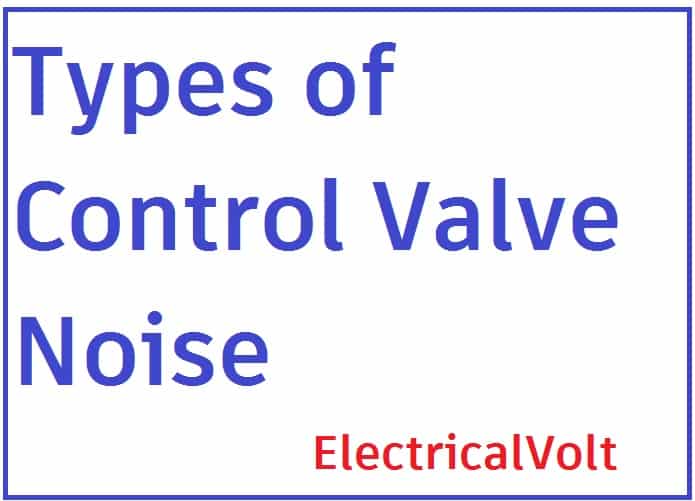
There are three types of control valve noise.
- The mechanical vibration of components
- Hydrodynamic noise
- Aerodynamic noise
Mechanical Noise in Control Valve
The mechanical noise in the control valve generates because;
- The vibration of the valve is caused by random pressure fluctuations within the valve body and/or fluid impingement upon the movable or flexible parts.
- Vibration in the piping system.
- Improper valve design
- Structural problem
Mechanical vibration is an indication of the deterioration of valve components. The vibration is low in frequency and intensity. The stem valves have more mechanical vibration problems compared to the cage valves. The cage valve has a larger support area and is apt to cause less vibration.
There are two types of control valve noise.
- Hydrodynamic Noise
- Aerodynamic Noise
Hydrodynamic Noise
Hydrodynamic noise is produced in liquid flows. The fluid forms vapor bubbles when it passes through a restricted path. This causes a pressure change. This is called flashing. Flashing is the first stage of cavitation. However, it is possible for flashing to occur by itself without cavitation.
Cavitation is the same as flashing but the pressure is regained in the outlet flow-stream. It means the bubbles returns in the liquid stage. Noise is produced by the energy dissipation of the imploding bubbles. Cavitation produces noise in a valve that has a broad frequency range. however, it has substantial energy at frequencies below 600 Hz. The hydrodynamic is the indication of potential damage to the trim component.
Hydrodynamic noise is not a major concern from a personal safety perspective, as it is usually low in frequency and intensity and as such does not pose a problem to personnel.
Aerodynamic Noise in Control Valve
The main source of aerodynamic valve noise is unsteady flow. The unsteady flow creates turbulence in flow stream. It is also called aeronautics or flow noise.
The aerodynamic noise depends on;
- Size of the control valve
- Differential pressure across the control valve
- Flow rate
Read Next :